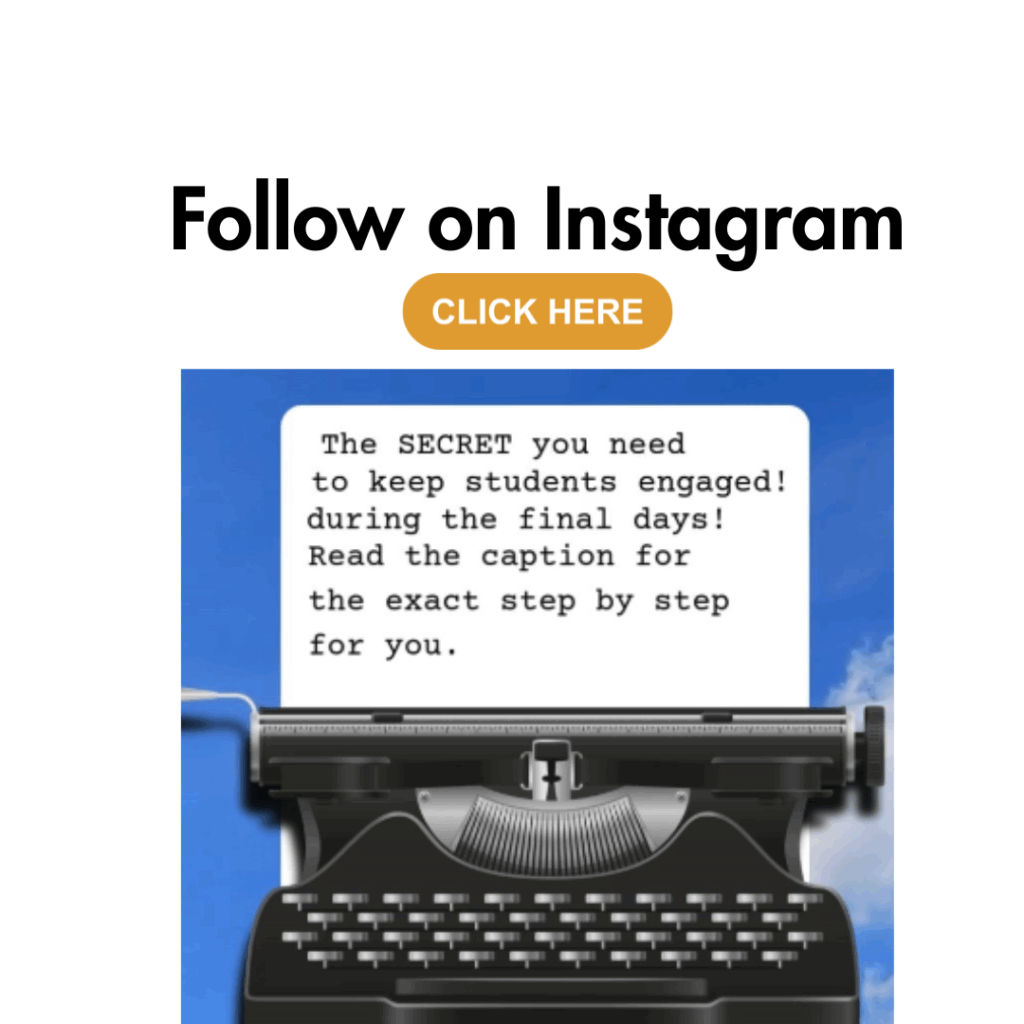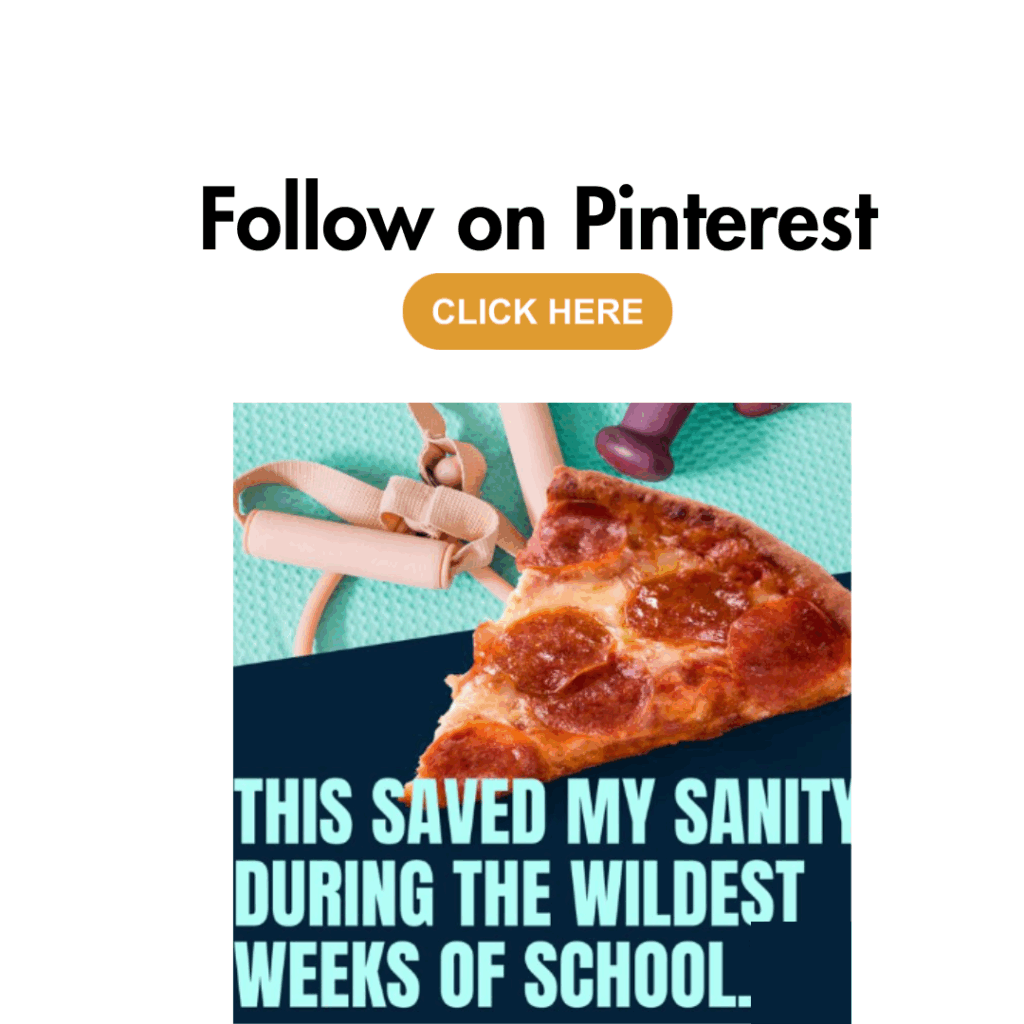Last updated on June 5th, 2025 at 08:38 pm
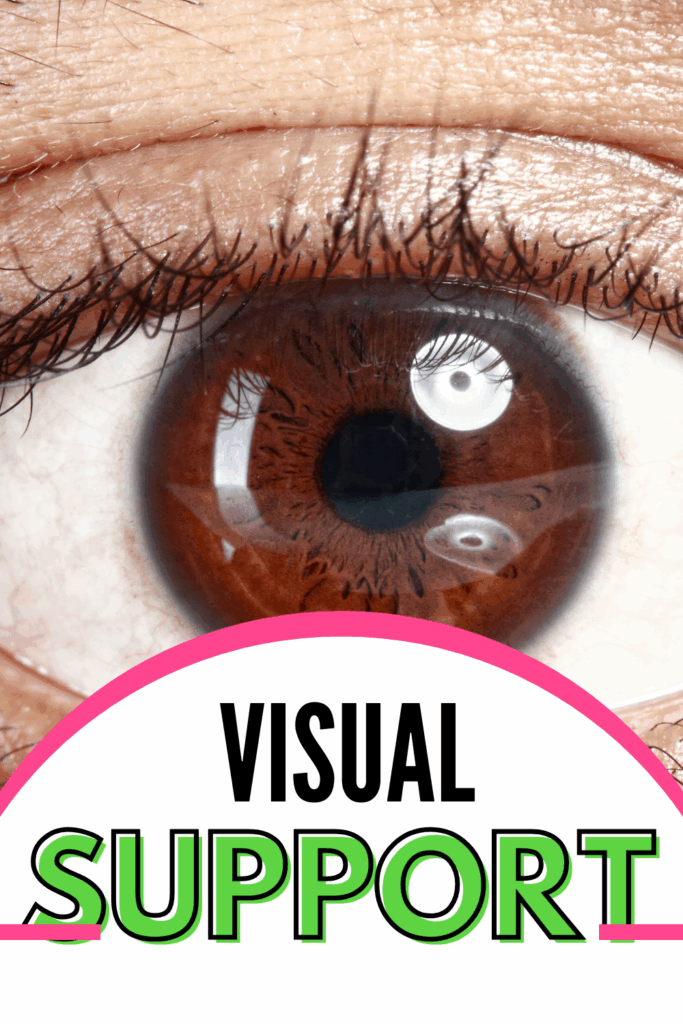
Reading comprehension isn’t just about the words on the page. It’s about how students interact with them. For many 3rd graders, the leap from decoding to understanding is where things get wobbly. That’s where visual cues for reading comprehension come in. Whether it’s an anchor chart, a visual reference tool, a gesture, or a strategy card, visual support helps students connect what they see with how they think. In this post, you’ll learn how to use visual aids to make reading strategies stick.
What You’ll Learn About Visual Cues for Reading Comprehension
- What visual cue cards are in reading
- How visual aids support reading comprehension
- Step-by-step directions for using visual supports in the classroom
- Where to download and use these Visual Cue Cards for 3rd Grade Reading Comprehension
What Are Visual Cue Cards in reading?
Visual cues cards are pictures that represent a concept in reading. Remember when you were a kid and learning to read, what pulled you in first? It probably wasn’t the text but the pictures. You could “read” the pictures of the book. This was your brain grabbing onto something literal.
Think about learning the word egregious. Without context, it’s confusing. But if a card showed a shocked face or red alert icon, students immediately get a visual anchor.

These visuals give students a starting point to process complex vocabulary or abstract concepts.
Why Visual Cues Help Reading Comprehension
When students encounter unfamiliar or challenging text, their brains go into multitasking mode such as decoding, understanding, and questioning all at once. That’s where visual text comprehension strategies become essential. Visuals act as stop signs that reduce the cognitive load.
Here is what visual aids do in the classroom:
- Provides a quick reference to a skill
- Strengths retention
- Bridges concrete and abstract learning
- Gives all students the opportunity to access grade level skills
Need a ready-to-go visual supports? Click on the image below.
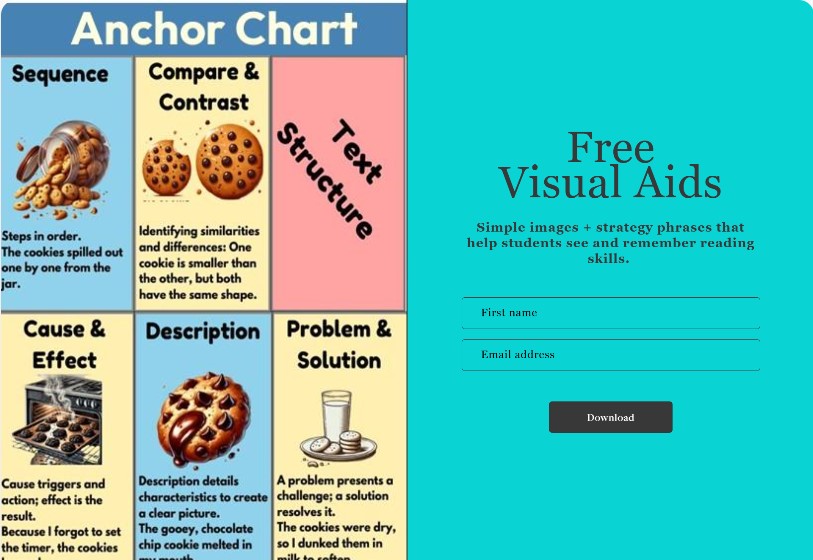
How to Use Visual Cues for Teaching Reading Strategies
This step-by-step guide shows you exactly how to use visual cue cards in the classroom. Each numbered step includes a clear example underneath, so you can see what it looks like in action.
- Identify the reading skill you want to support
- Main Idea and Supporting Details: evaluate details read to determine key ideas
- Prep the Visual Cue Card
- A keyword or strategy (main idea)
- A simple image or symbol to represent the concept (an umbrella to represent the main idea and the raindrops for supporting details)
- A sentence stem or prompt (The main idea is like an umbrella: it covers everything. The details are the raindrops that fall under it and support the big idea.)
- Model how to use the cue card
- Display the card while teaching the strategy.
- Walk through a short passage and think aloud as you analyze a short passage using the card’s visual and sentence stem. (The umbrella reminds me to identify the whole idea of the text.)
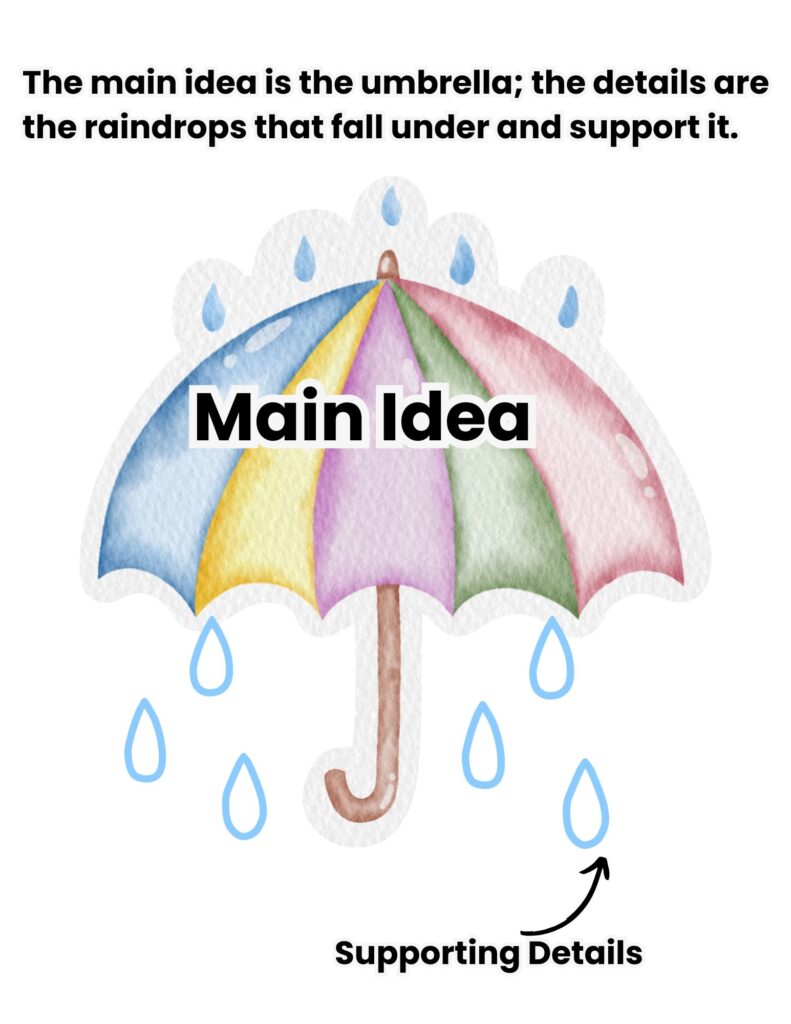
Want ready-to-use visual cue cards for 3rd-5th grade reading comprehension? Click the following image ⬇️⬇️⬇️

Examples of Visual Cue Supports in Action
Try these ideas to bring visual cues into your classroom.
- Anchor Charts
Create a class anchor chart with strategy symbols next to the strategy name (e.g., 🧠 = Think Aloud, 🔍 = Infer, 📌 = Main Idea). Students refer to this visual every time they’re stuck on a question.
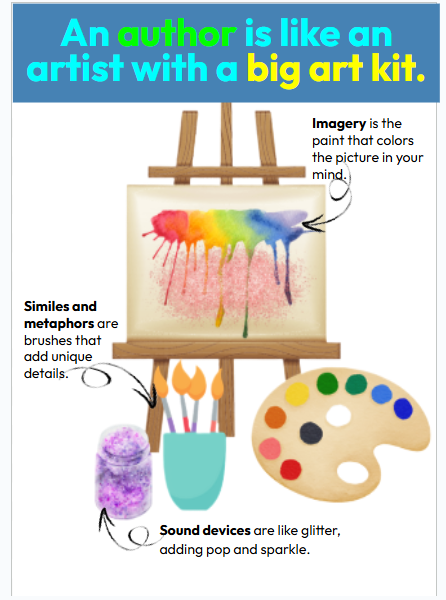
2. Interactive Notebooks with Cue Cards
Let students build their own reference notebooks using printable visual cue cards. These make great warm-up tools before reading groups or partner discussions.

3. Color Coding
Use color-coded sticky notes or highlighters that match cue card symbols. Yellow = main idea, blue = inference, pink = supporting detail. These are perfect for marking up a shared text.
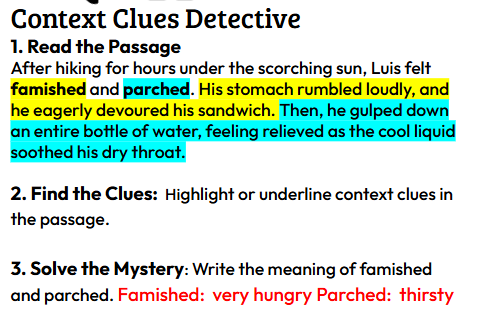
4. Strategy Bookmarks
Add icons and questions to bookmarks for students to keep in their independent reading books. Now they have a mini reading coach at their fingertips!

Conclusion: Make Thinking Visible
Visual support isn’t just classroom decoration. It’s strategic scaffolding. For many students, it’s the difference between guessing and understanding. When you give students a visual anchor, you give them a roadmap to comprehension. Save this to remind yourself that you don’t need another strategy. You need one that sticks!
Additional Resources to add to your toolbox
Use Visual Cues to Enhance Learning
How to Differentiate Reading Instruction
How to Teach Character Analysis
Favorite items to support error analysis
*As an affiliate, I may earn a small commission if you purchase through this link at no extra cost to you. I only recommend resources I truly trust for the classroom!
